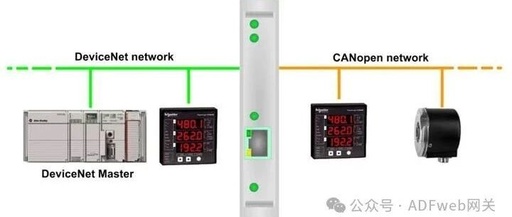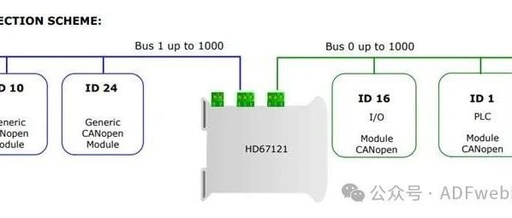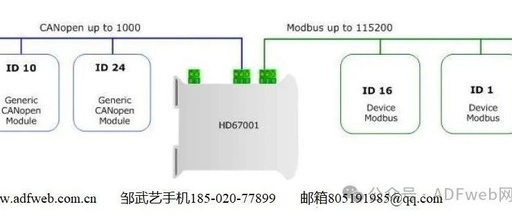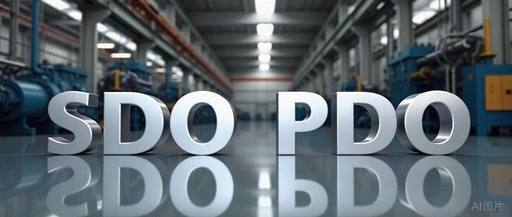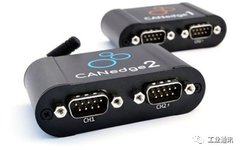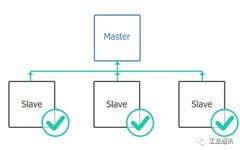CANopen to DeviceNet Slave – ADFweb Converter – Guangzhou Xinyu IoT
CANopen to DeviceNet Slave — ADFweb Converter – Guangzhou Xinyu IoT Author: Zou Wuyi Mobile185-020-77899 Email: [email protected] 1 Product Features HD67134 – A1 is a CANopen / DeviceNet slave converter. It has the following features: Provides triple isolation between CANopen and power, CANopen and DeviceNet, and power and DeviceNet. Can be mounted on a 35mm … Read more
